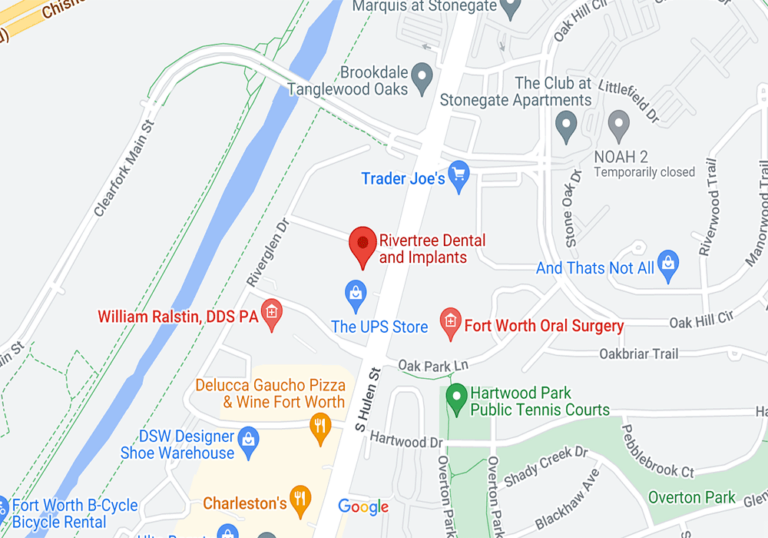Dentures
Dentures are used when a person is missing most or all of their natural teeth. It is essential that they are durable, natural looking, and offer outstanding performance.
Dentures in Fort Worth, TX
Dentures are prosthetic teeth secured to a gum-colored base. They can be secured with or without dental implants, it’s best to visit with us to discuss all available options and determine the best solution for your needs. Dentures are a great option for people who are missing most or all of their natural teeth. This could be the result of an injury or declining oral health. Dentures make it easy for people to still enjoy the benefits that come with healthy, natural teeth where chewing is a natural fluid motion without pain or complication. They are easy to use and offer an effective solution for overcoming severe tooth loss.
At RiverTree Dental and Implants, dentures are one of our specialties. Your denture journey with us begins with a complimentary consultation where you and Dr. Baker can decide what kind of dentures will work best for your unique case. Dr. Baker takes many things into account when deciding on your treatment plan. You will discuss your age, comfort, bone density level, and overall hygiene before choosing a path. After consulting and planning, all there’s left to do is schedule your appointment before you’re enjoying your new smile.
More Questions?
If you have more questions about dentures, please contact our office and we will be happy to discuss further.

